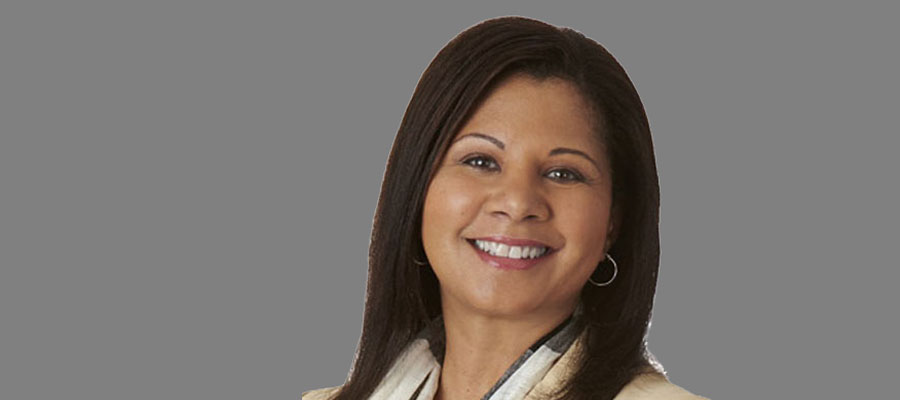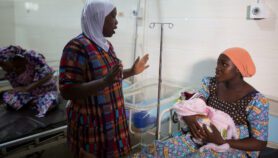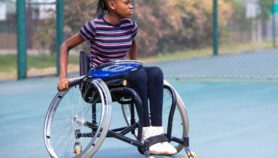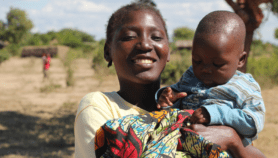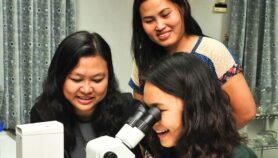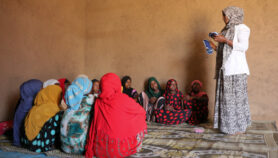Send to a friend
The details you provide on this page will not be used to send unsolicited email, and will not be sold to a 3rd party. See privacy policy.
Professor Sonya Smith believes African women and their diaspora will drive the global research agenda.
Smith is the first African-American woman to be appointed as a Mechanical Engineering Department Chair at Howard University, and the first woman in that department to be promoted to a full professor.
She is also the only woman in her department.
As principal investigator of the Howard University ADVANCE-IT programme, she is working to increase the number of women in science. Her work for women’s leadership in science also goes beyond the US, with various initiatives in South Africa.
SciDev.Net caught up with Smith in Austin at this year’s AAAS Annual Meeting to find out more about her motivations and the challenges she has faced as an African-American woman in science.
Do you consider yourself successful, or do you feel you have more ground to cover?
I think I’m where I want to be as far as a professoriate but there is a lot more that I want to do – I think I’ll feel successful when we’re producing more female students in the pipeline that are getting PhDs.I graduated as the second female in our institution to get a PhD in Mechanical Engineering and I’m so proud of that. I just wish that there were more. I’m trying to get more women, but it’s a lot to give up for a woman — or anybody to get a PhD — particularly because of some of the barriers like starting a family.
What are some of the challenges you’ve faced in your career as a woman and how did you overcome them?
I do think it was a matter of knowing that I could fit in and I could do this work, and be successful. You have to really reinforce that for yourself, but I was lucky that my mother was also an academic and also a mathematician so I did have a role model. And she also had a PhD.
I also had some good mentors, sponsors and people along the way. I come from a community of academics so not being foreign to that world was very helpful [and] it helped me navigate a lot of those challenges.
What is it like to be head in a male-dominated field?
It’s challenging in all the ways you might think and ways that probably neither one of us has thought of because there are a lot of unwritten rules and codes that you’re just not privy to. It’s challenging every day; there’s no day where you can come in and say ‘ok, I’m going to sit back and rest’. There will be something every day and you have to be ready for that. You have to put on the right armour and just be ready to go.
What do you hope to achieve as a faculty member, and what are your motivations at this position?
I’m very passionate about increasing the [number of] women in STEM fields, at all levels, but what I can focus on now is increasing the number of graduate students … that are women in STEM.
Right now I’m the only female faculty member in Mechanical Engineering and I’d like to have more. I’d like to have at least triple the number of PhD women at the university.
What words of advice and/ or encouragement would you give young women in science or thinking about studying science?
Do it, if that’s what you want to do. Be the best that you can be. Know that your best is not going to be the same from day to day, and seek out mentors and sponsors to help you along the way. There are enough people now to help you, and mentors can be anyone; anyone that is of like-mind and willing to help you. Latch on to them and use them as a resource, if they’re willing.
The interview has been edited for clarity and brevity.
This is part of a SciDev.Net article series on Role Models.


